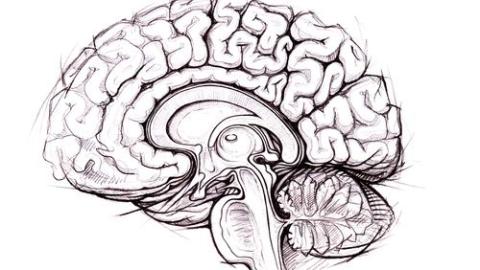A Meeting of Mind: Neuroscience, Art & the Creative Process

What’s the Latest Development?
New efforts are being made to reconcile neuroscience with the arts and humanities, a process which is throwing further light on the fact that our brain works in a very creative way simply viewing a piece of art. Nobel laureate Eric Kandel, who works with Columbia University’s Mind Brain Behavior Initiative said: “When you look at a work of art, you’re undergoing the creative challenge that the artist undergoes in making the picture. It’s of a lesser magnitude, but the information coming in through the eyes is incomplete, and you have to fill it in with built-in rules of what is possible in the world combined with previous experiences that allow you to situate this correctly.”
What’s the Big Idea?
As neuroscience constitutes a fresh way of understanding and explaining human behavior, it already touches virtually every academic discipline, from art history to politics. Kandel, who was born in Vienna and is fascinated with the city which existed before the outbreak of World War I, believes that an interdisciplinary approach to understanding the mind will help produce the same creative boom which emerged from Vienna’s salons, where physicians, psychologists (including Frued) and artists (like Klimt) met to discuss the revelations of the day. Kandel, a proponent of the public intellectual, believes a public discussion of scientific and artistic matters is essential for a well-functioning democracy.
Photo credit: Shutterstock.com





